Introduction
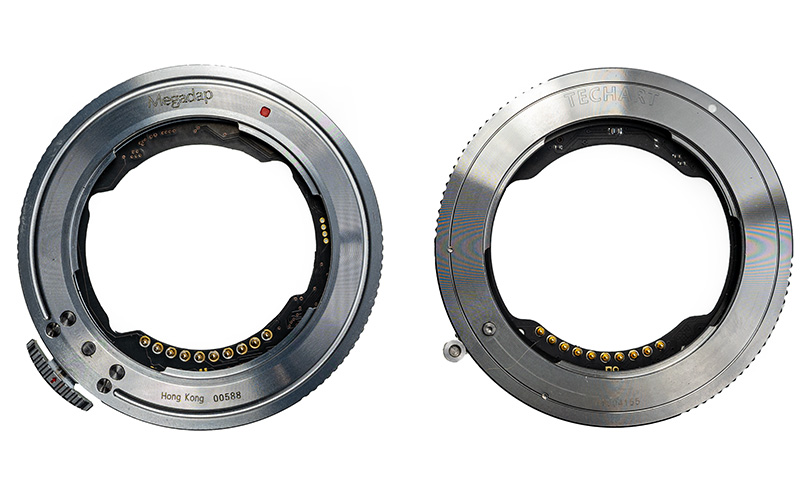
Do you want to use Sony E mount lenses on your Nikon Z cameras? Maybe you want to switch systems and go from Sony E to Nikon Z, but you have some or many Sony E lenses you want to keep and use. Or maybe you just like one of the Sony GM lenses or a lens from a 3rd party that is available in Sony E but not in Nikon Z? No worries, for any reason it is, you can use Sony E lenses on your Nikon Z camera through a mount adapter.
I have been using two adapters; Megadap ETZ21 PRO and Techart TZE-01. I compare them against each other and give you my thoughts here. Let’s have a look!
UPDATE (August 21, 2024):
Neewer has come up with a new option, their ETZ adapter shows the focus confirmation (green box) even with completely manual lenses without any electric contact when used on Nikon Zf and Z6iii, while the two tested adapters here can not do that.
Contents
Specifications
| Techart
TZE-01/TZE-02 |
Megadap
ETZ21 PRO |
|
| Diameter | 65 mm | 65 mm |
| Thickness (camera throat to lens mounting plate | 2 mm | 2 mm |
| Total Thickness | 9 mm | 7 mm |
| Weight | 42 g | 43 g |
| Price* | $249 | $249 |
* Price on manufacturers’ online stores (Nov. 2023)
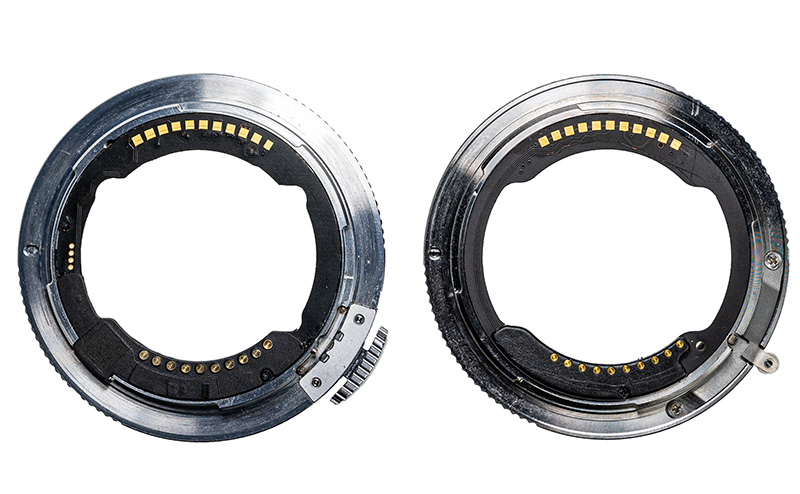
Used Equipment and Disclosure
For this review, I used the following equipment:
- Techart TZE-01, firmware v4.6.0 (hereafter referred to as simply Techart or TA), bought by my own earned money
- Megadap ETZ21 PRO, firmware v1.26 (hereafter referred to as simply Megadap / MD), provided by Megadap for the review
- Nikon Z 7II, Nikon Z6, and Nikon Z fc, my cameras (Affiliate link)
- Sony FE 85/1.8 (SEL85F18), Sony E 20/2.8 , Samyang AF 24-70mm F2.8 FE , Samyang AF 18mm F2.8 E , Sigma 30mm f/2.8 DN Art , kindly lent by my friend Mehrad M. (Affiliate link)
- Pergear 35mm f/1.4, fully manual, kindly loaned by our reader Nikolaus B. (Affiliate link)
- TTArtisan AF 35/1.8, kindly provided by TTArtisan (Affiliate link)
- Voigtländer 15/4.5 Super Wide Heliar III E (manual focus with el. contacts) bought by my own earned money (Affiliate link)
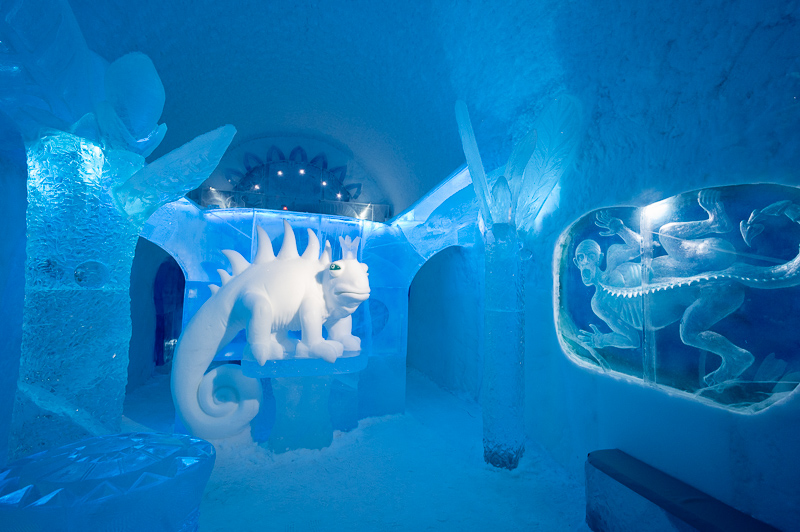
Variations
Techart TZE-01/TZE-02
There are two versions of the Techart adapter. The functionality of TZE-01 and TZE-02 are exactly the same. The only reason they have different names is that due to component shortage, they had to use a new chip in their later adapters. and when upgrading the firmware you need to indicate the right model/hardware so that the correct chip-specific updates can be downloaded and applied to each of the adapters. Features and compatibility are identical according to Techart though.
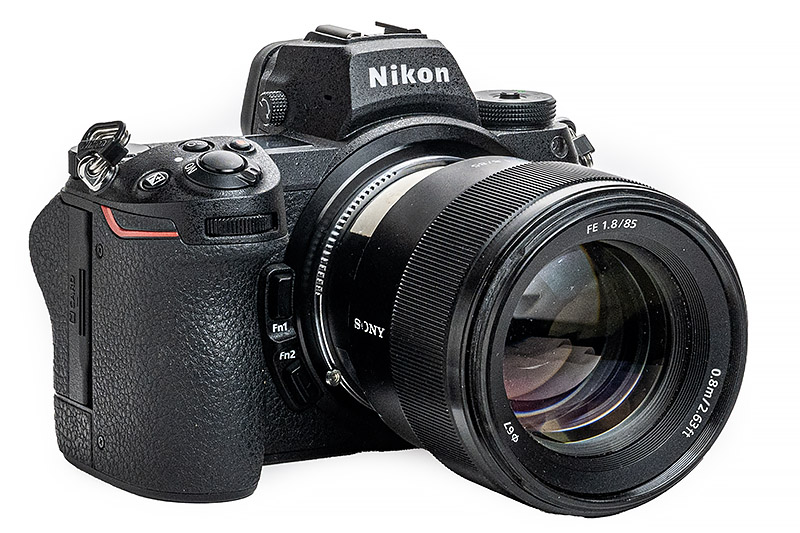
Megadap ETZ11
The first version E-to-Z adapter from Megadap
Megadap ETZ21
The second version E-to-Z adapter from Megadap
Improved autofocus speed and accuracy. The hardware was also improved compared to the first version. The bayonet is claimed to be stronger and it has better sealing around the circuit board. Firmware update via USB cable and a grip. Added support for Nikon Z 9 and Nikon Z fc. Compatible with Nikon Z fc, Z 50, Nikon Z 5, Nikon Z 6, Nikon Z 6ii, Nikon Z 7, Nikon Z 7ii, Z 9 cameras

Megadap ETZ21 PRO
The third (current) version E-to-Z adapter from Megadap has several improvements:
- Updating the adapter firmware is done similarly to updating a lens or Nikon’s own FTZ adapter, i.e. via the memory card and camera vs using a separate USB cable in earlier versions.
- The electric contacts for updating firmware via USB cable are removed
- Better mechanical fitting with Tamron lenses
- Re-designed lens release button
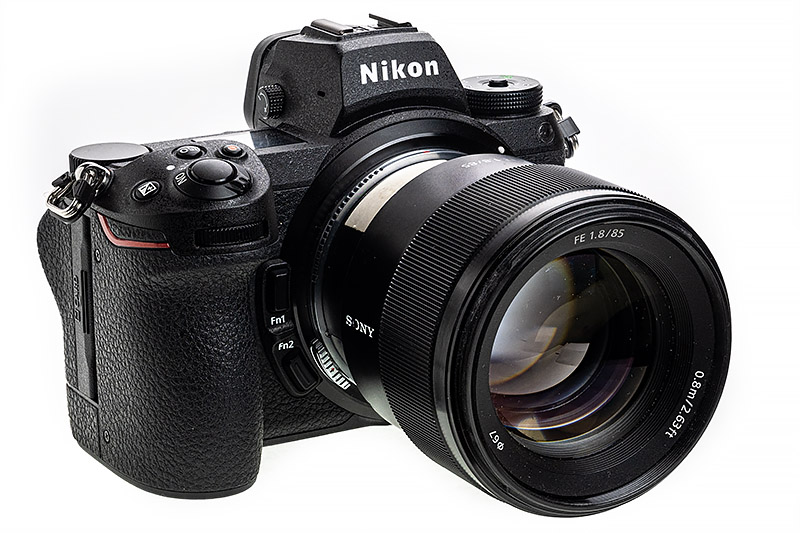
Handling
The Mounting Issue
The size and weight of both adapters are almost identical. The Techart adapter has an elevated platform at the reverse side of the adapter, where the Sony E contacts are positioned. This adds to the overall thickness of the adapter but does not add to the working thickness. This part should normally go into the camera’s mounting throat. This has a big disadvantage though. It is an obstacle for mounting the adapter on Nikon’s DX cameras.
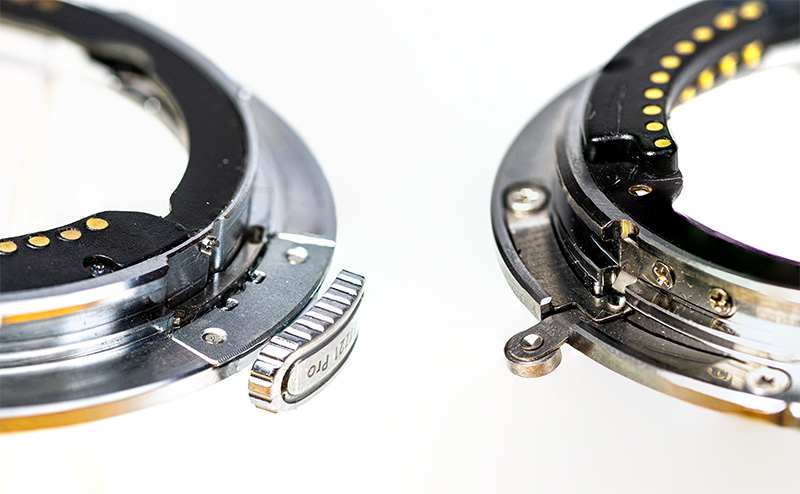
Ease of Handling
Another difference is the lens release lever, which is a tiny lever on the Techart that has to be pushed backward (away from the lens) to release the lens, this is both fiddly and awkward as when you want to detach a lens from the adapter, you take the lens with one hand the thin adapter with the other hand, it is very little to grab on the adapter with force towards the center of the adapter, while at the same time, you need to push the lever backward. You have to perform movements in three directions. On the Megadap there is a relatively large lever that needs to be pushed in towards the center of the adapter, the same direction as when you hold it. It is easily done with the same hand that has grabbed the adapter, as both need to be held/pushed in the same direction.
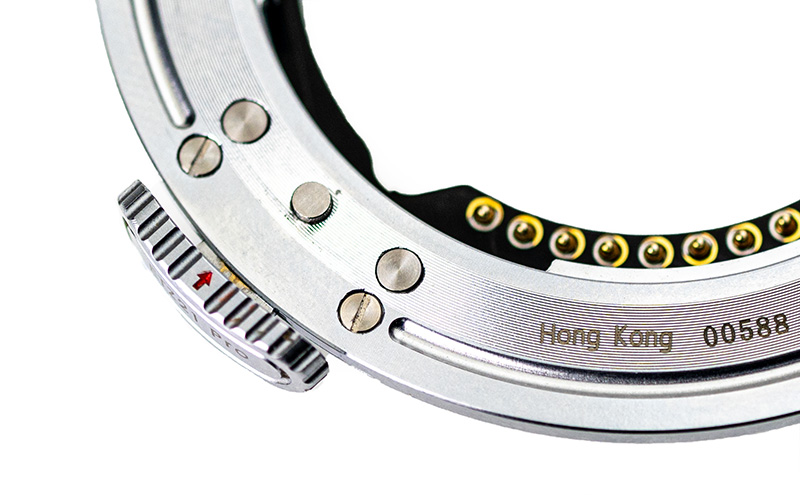
Firmware Updating
The third difference in handling is the update of the firmware. Techart comes with a combined rear cap/upgrade dock, you need to attach the cap/dock to the adapter and use a micro USB cable connected to your computer to download the firmware. The micro USB cable is not included though, you have to buy it separately or use one that you already have. For upgrading the Megadap you do not need anything, as it is done the same way as you would upgrade your lens or camera; attach both the adapter and the lens to your camera, put the memory card (with the firmware on it) in your camera, and from the menu system select to upgrade the adapter.
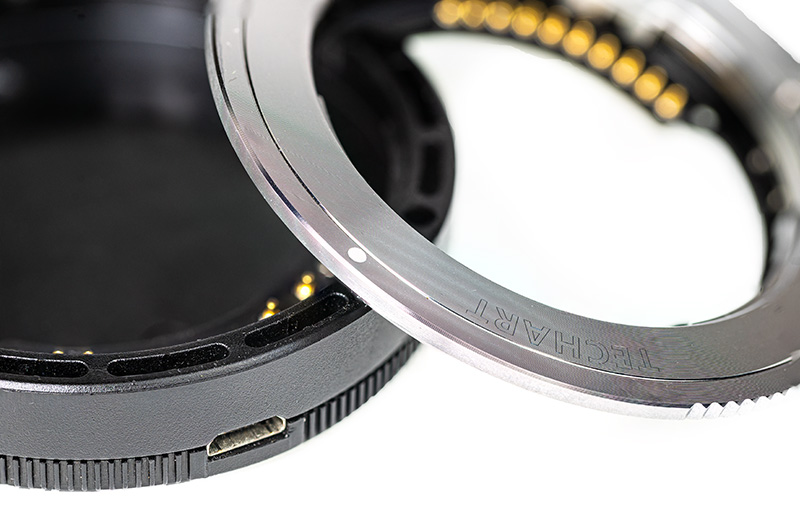
Both adapters fit tightly and securely to the camera, while only the MD also fits tightly to the lens. The lens on the Techart has a little play.
Features
According to the adapter manufacturers websites the following features are (/ are not) supported:
Techart:
-
- The AUTOFOCUS, AUTO-APERTURE, and LENS STABILISATION functions can all be retained.
- Both AF-S, AF-C, and MF modes will work on the Nikon Z6/Z7.
- Face and Eye detection, EXIF reading, and Timelapse function can also be supported.
- TZE-01 does NOT work with Z50.
- Samyang / Rokinon lenses are currently NOT supported.
- MF lenses are currently NOT supported.
If you read carefully further down the page you will also find that there are some “known bugs” (underlined) and they urge you to read them before any purchase. The underlined text is a link, which if you click shows another page.
Below are some known bugs that we are currently trying to fix. It could/might be fixed in future firmware releases.
- The aperture of Sony G Master lenses can only be controlled via the camera. The aperture ring of Sony G Master lenses cannot be used.
- Correct aperture readings of Zeiss Loxia & Voigtlander E-mount lenses cannot be shown on the cameras. Suggest leaving the aperture value at max aperture value in your camera and relying on the aperture ring on the lens to change the aperture.
- Pinpoint AF mode cannot be used.
- Some of the Rokinon / Samyang AF lenses cannot be used.
- MF mode may not work for some lenses.
To conclude: You should exclude all Samyang/Rokinon and all the MF lenses and also do not use MF with the other lenses. Also, Zeiss Loxia, and Voigtänder lenses work but no EXIF, as if they were manual lenses without any contacts, and also no Pinpoint focusing, also forget about the GM aperture ring.
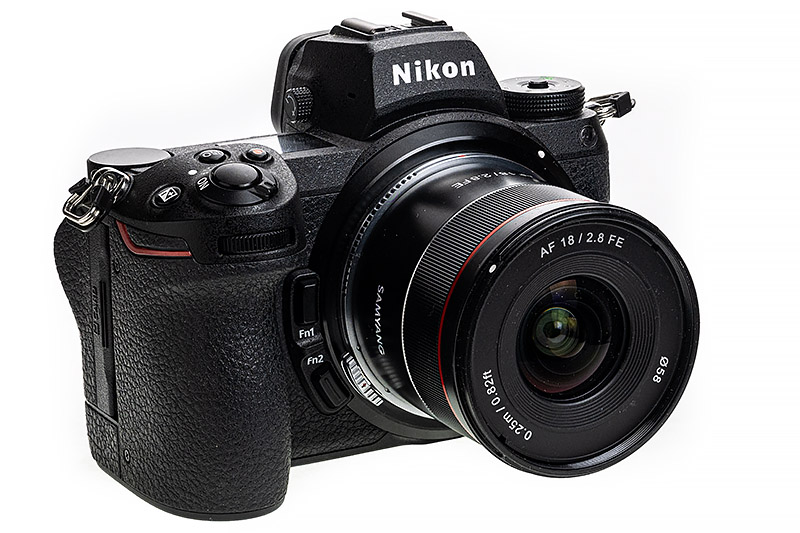
Megadap:
There is a long list of what is supported and it includes almost every possible feature you can imagine and also on all cameras specified by names, even all Nikon’s APS-C cameras. There is only a small text about what is not supported and that is:
– Viltrox and Yougnuo lenses are currently NOT supported
But if you update the firmware to v1.26, Samyang, Meike, and Yongnuo lenses will also be supported.
You can get all this info from the manufacturers’ website. I decided to test the features with a few lenses anyway (see the list of tested lenses in the “used equipment” section).

Real Life Tests Observations
I tested Pinpoint AF, Single-point AF, Wide-Area AF (S/L), Wide -area AF (L-people), Wide-area AF (L-animals), Auto-area AF, Auto-area AF (people), Auto-area AF (animals)
I also tested AF-S and AF-C. Furthermore. I tested AF in video mode too, mostly in AAF (All-time AF).
I tested two Samyang lenses on Nikon Z cameras with both adapters. The Megadap adapter worked with both in all of the tested modes both on FF and APS-C bodies. With the Techart, the Samyang 24-70/2.8 did not work at all but the Samyang 28/2.8 worked, only in Single-point AF and Wide-area AF S.
Pinpoint-AF worked with all AF lenses and all bodies when MD was used, with TA it did not work at all most of the time, but sometimes it worked but did a lot of chasing before nailing the focus.
You can not use any manual lens with the TA, the camera shutter will not work at all, but you can take pictures if the MD is on the camera.
The Side Effect of the Play
Another very annoying handling issue with TA is the play that I wrote about in the handling section. The play makes the electronic pins on the lens and adapter lose contact if the play has made the lens to come in the wrong end of the play. In that case, the camera malfunctions, and may or may not show an error message, but in any case, you cannot release the shutter.
You have to switch off the camera, push/turn the lens a little to the other end of the play so that the pins come in contact, switch the camera on, and then you can take the picture. This caused me a huge frustration for a long time as I was unable to take a picture, where I wanted and I did not know why. After a very long time, I realized the problem and could do the procedure if the error happened, nevertheless it was irritating.
EXIF Data
When it comes to the EXIF data reported to the camera, as stated by TA itself the correct aperture reading is not reported to the camera, but it could not either report the correct max aperture or focal length, although the focal length and max aperture were set manually in Non-CPU lens data and selected during the photography. All three were reported correctly by the MD.
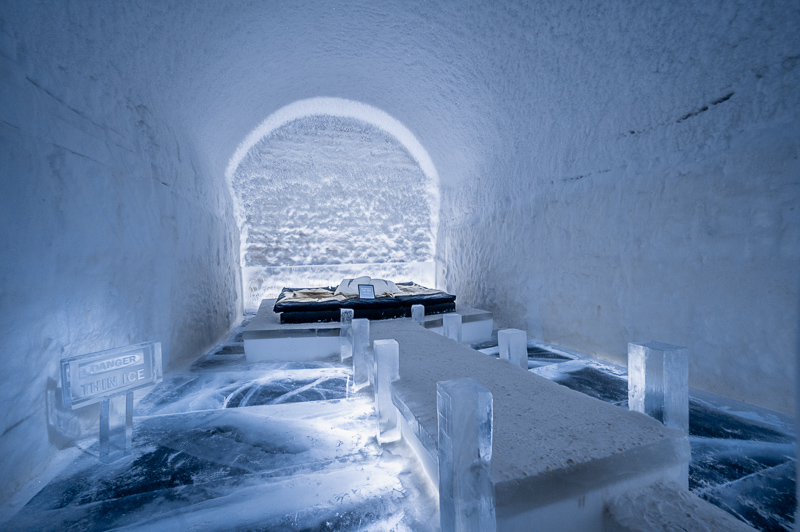
Not only that, TA did not report the correct lens name for any of the lenses used in this review, neither, Voigtländer, Sigma, Samyang, nor Sony. The TA reported for all the lenses the name “50mm f/1.4G”, while except for the Voigtländer, it reported the correct focal length and aperture setting.
Focus Confirmation (Green in-Focus Rectangle)
When you have a manual lens with electronic contacts, e.g. the tested Voigtländer, with MD the in-focus rectangle turns green when the image area is in focus as you turn the focusing ring.
With the TA it does not turn green as you turn the ring but if you set the focus by your eye judgment and push the shutter release halfway then the rectangle turns green and the camera beeps, as if the autofocus has nailed the focus, it can work as a kind of confirmation but not much help when you try to quickly focus.
In the images above the Techart was used and the “in-focus” display image was taken while I held the shutter release button halfway pushed. Here it can also be seen that the selected aperture is shown as F4.2, while this lens’s max aperture is f/4.5 and the set aperture was f/5.6, this is though a known bug and already clear from the Techart website.
Autofocus
The autofocus speed is completely fine, on both adapters in those cases the autofocus works. It may not be as fast as with a native Z lens but very good in both cases, when they nail the focus, actually better than I expected. MD succeeds in nailing the focus most of the time but sometime with Pin-Point focus or in eye detection modes it chases the focus a little more than the native Z lenses. The TA seems to do more chasing in most of the situations.

Lens Profiles
The MD adapter registered all tested lenses’ names correctly in the EXIF data, even the third party lenses’ names. The TA did not do it for a single lens, not even for Sony original lenses, all of them were registered as (50mm f/1.4G). Besides the convenience of seeing which lens was used long after the pictures were taken, when the names are correct, the right correction profiles available in post processing software (e.g. LR) can be applied automatically and among other things the lens distortion and vignetting of the lenses can be corrected without you needing to do anything.

Conclusion
Well, the Techart adapter was the first ETZ adapter on the market and when it came out, it was a sensation, I bought it soon after the release. Unfortunately, it seems that there has not been much development since then except for some Firmware updates, which you normally don’t find any info about. There seems to be some version history, for each update but they are unreadable. They are supposed to be in Chinese but on my Windows computer the characters become unreadable and I cannot even copy/paste them to Google Translate to see what they say. That is a pity.
Megadap came long after Techart, and when it came out it was better than Techart in several points. Since then Megadap has seen two new versions and now it is in its third generation. Each generation has seen some improvements, and the info about the new firmware is clear and easy to find. It has become just better and better.
If you are going to use the adapter with only Sony lenses and only on fullframe cameras the Techart adapter may be an option. However, Megadap ETZ-21 PRO is the adapter with the most features and greatest lens compatibility, with support for both full-frame and APS-C cameras. The lists of supported features, the lenses, and camera bodies are the longest among all the AF E-to-Z adapters. Handling is also much easier and straightforward. Considering that both of these adapters are sold at the same price, this would be your best choice.

Check prices:
Megadap ETZ21 PRO: Amazon.com, Amazon.de, B&H (Affiliate link)
Techart TZE-01:
Neewer/Funmount ETZ: Amazon.com, Amazon.de, B&H (Affiliate link)
Alternatives
Fotodiox Pro Fusion Adapter Sony E mount to Nikon Z
This adapter, like the Techart adapter, is compatible with Nikon’s fullframe cameras only. Also similar to the Techart, upgrades are done via USB cable and dock. To be clear, it does not fit the APS-C versions of Nikon Z cameras (Z 30, Z 50, or Z fc). AF is disabled for some third-party lenses (Sigma, Tamron, Tokina). Switching between image and video can cause the camera to freeze. This adapter also costs $249, so I personally prefer to get the Megadap as firstly, it supports Nikon APS-C cameras too, and secondly, the Fotodiox does not support AF Sigma and Tamron lenses.
Meike Mount Adapter ETZ
This is the most affordable autofocus E to Z adapter at only $140. The Meike can be mounted on a Z 50 (APS-C) camera too. As I have not tested it, I can not say anything about it, neither positive nor negative. You can read some user feedback on Meike’s website.
Haoge Sony E to Nikon Z
There are a couple of manual Lens Mount adapters for Sony E Mount Lens to Nikon Z on the market, they have no electric contacts, so neither any AF, lens stabilization, or EXIF info is available when using them. Haoge is one that seems to be easiest to buy for $29. Two others are Pixco and Gable. I have not tested them and don’t know anything else about them.

Support Us
Did you find this article useful or just liked reading it? Did it help you deciding to buy or not to buy a product? Treat us to a coffee!
![]()
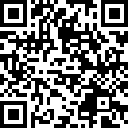
(Donations via Paypal or Credit Card)
Further Reading
- TTARTISAN LEICA M TO E 6-BIT ADAPTER – PRODUCT OF THE YEAR?
- ADAPTING LENSES – STILL WORTH IT IN 2023?
- LEICA M TO SONY E CLOSE FOCUS ADAPTERS
This site contains affiliate links for which I may receive a small commission if you purchase via the links at no additional cost to you. This helps support the creation of future content.
Martin
Latest posts by Martin (see all)
- Analogue Photography – Part 1: A Personal Journey into Film Photography 1/2 - June 18, 2025
- REVIEW: Laowa 8-15mm f/2.8 FF Zoom Fisheye - June 10, 2025
- Review: TTArtisan Flash M01 + Wireless Trigger J01 - June 6, 2025
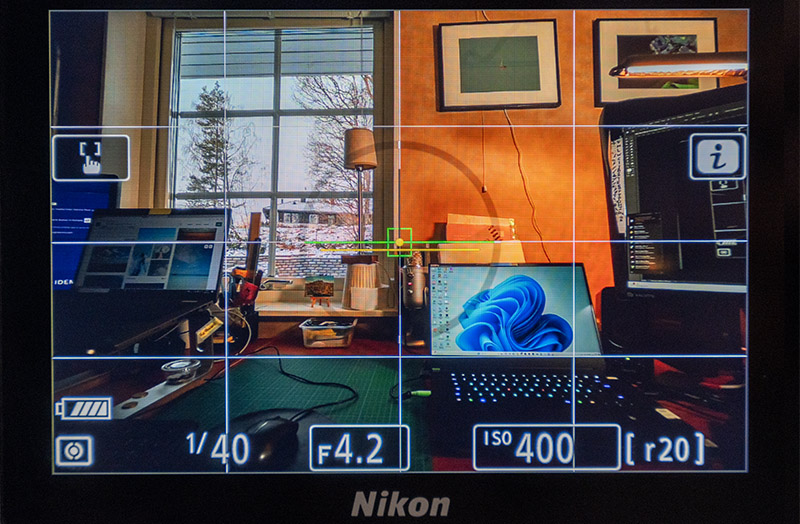
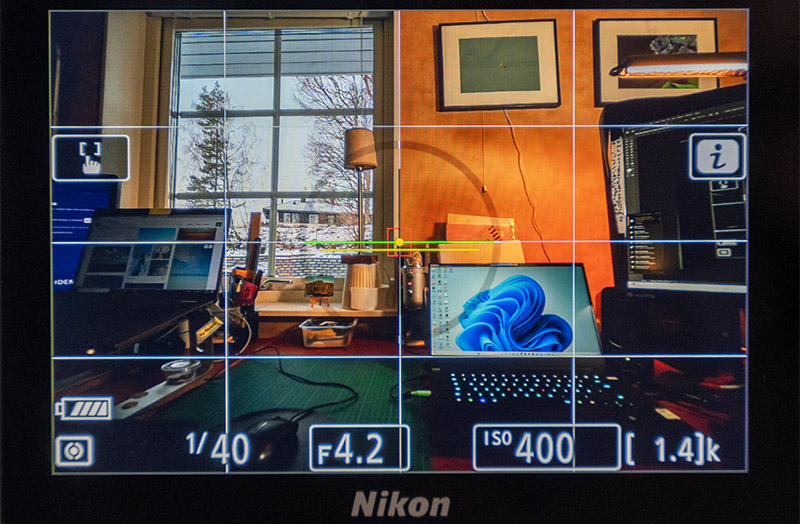
Interesting adapter, and I hope you enjoyed the ice hotel!
Thanks. I did.
Interesting comparison (to Nikon users mostly, but it’s good to know what is possible to get). I don’t like the fact that the adapters exhibit play within the camera mount, and are probably grinding el. contacts against each other as a result; but perhaps it’s not so bad in real-life use. In any case, buying such adapter is probably cheaper than selling Sony lenses, not to mention buying more expensive Nikon lenses.
This was one of the main selling points for Sony A7 (adapting EF mount lenses mostly), and it didn’t even work very well.
These adapters got significantly more interesting to me since Nikon released the Zf.
I really hated the design of the Z6 and Z7. They looked to me like the Steve Buscemi of cameras: tall and with questionable proportions.
With the Zf the situation is different…
Will you change to Nikon z?
Unlikely at this point.
Eventually is there any reason to move from Sony E to Nikon Z?
Thanks. Just to point out that none of the adapters had any play on the camera mount, one of them, though, had some play on the lens mount.
But at the end of the day, it is more or less as you say.
Thanks for a detailed review. I’ m wondering if image quality for the same lens different on 2 systems? May be sensor thickness play a role here.
Thanks.
Thanks, the issue of the sensor stack thickness is a very complex matter. It may have an impact and that possible impact will depend on several factors. One important factor is of course the sensor stack thickness of different cameras.
While the sensor stack thickness between Nikon Z and Sony are different, the difference is not that much.
Another important factor is the exit pupil of the lens. While they are a lot different between the rangefinder and SLR lenses, the difference is far less between SLR lenses from different brands.
Other factors are the focal length of the lens and the aperture in use.
All that said, there can be a difference between the quality if the lens is used on a Sony camera but I doubt that it is a huge one.
I’ve read recently in forum that in fact, the sensor stack thickness between Nikon Z and Sony is the same and it was a misconception to say the Nikon thinner, (and you’ve said “not that much” anyway) : Is there a definite answer to this issue ?
I have not found any specifications regarding this matter, and I am uncertain about the exact thicknesses. However, based on my observations, if there is a difference, it is negligible or even zero. Whatever the difference may be, it is not significant. There has a long time been rumoured that Nikon have stopped making their own sensors and get them from Sony. If Sony is making the sensors for both Nikon and Sony cameras, it is not far fetched to assume that the thickness of their sensors should be somewhat similar, if not exactly the same.
I have not compared on a Sony E body but my adapted lenses are disgustingly sharp in the edges and their performance are in line with what most reviewers suggest in their reviews.
If there is a miniscule calculated difference, I don’t see it.
What plays a bigger part is adapter used to change flange distance. Moreover adapter may introduce minimal unwanted tilt on the focus plane. These would affect image quality more I think.
Now if we were discussing M mount wide angle lenses on E mount it would be hell 🙂
Thanks Martin,
It’s quite clear. Just wish I could see some campare review on some Nikon vs Sony just like you guys here review Sony VS M.
Thank you for the interesting review and comparison! Two aspects of the Adapter we’re not mentioned, but are in my opinion important:
1) the Megadap adapter requires additional energy and drains the battery faster
2) Lens correction profiles are not “adapted” and need to be manually applied in post
Thank you Stefan, for the kind words and for the points to bring to my attention, but
1. I wonder where from you did get that the Megadap requires more energy and drains the battery faster? To be honest, I’m not sure if this is the case at all. Enlighten me if I am wrong, but to me it sounds like saying one SIM card from say Vodafone drains the mobile phone’s battery more than than the SIM card from T-Mobile. I have never heard of such a thing.
2. This is indeed a good point that I missed and I will amend the review accordingly a little, thanks for that, but I’m not quite sure it is as you point out. One of the adapters did register the lens name correctly in all cases I tested and in those cases the correct lens profiles could be applied automatically, the other one that could not register the names right, of course the correct profiles could not be found and applied automatically.
E-mount lenses transmit lens corrections to the camera and Sony cameras apply and embed those to raw files. Some raw developing software can apply those. It would be interesting if the adapter facilitated that. I would also want to know if magnification/focus distance is corrected translated to the camera. The object magnification is needed for translation stabilization (2 of the 5 stabilization axes).
Unfortunately, I don’t know that. The focus distance is transmitted from a native Nikon Z, AF-S and AF-D lenses to Nikon Z bodies but they are either not registered or not shown in normal SW, so I’m not sure if it is transmitted Sony lenses, but they should.
So if that is very important for you, then forget about adapting lenses or take a chance.
I made the observation that the camera battery was half empty after one night with an adapted lens on the camera. This can really happen and was also a known issue for the Samyang 135mm f1.8 lens on Sony cameras until it was fixed in firmware. Technically I think that can be caused if the microprocessor of the adapter is connected to the power of the camera and does not shut down properly together with the camera.
Which lens was attached to the camera? Are you sure that it has not been the lens that drained the battery? like the Samyang lens that you mentioned? Have you gotten any confirmation from Megadap?
I made a test, I attached a Voigtländer Sony E lens via the Megadap adapter to my Nikon Z 7II. I took about 15-20 pictures with the combo, switched off the camera and put it with the lens and adapter on the shelf.
After 2 days and 6 hours, the battery is still full (100%). So, I cannot believe that it is the adapter. I leave the lens and adapter on the camera and see what the status is tomorrow.
(the Techart Leica M to Nikon Z or to Sony E AF-Adapter, can do drain the battery though, but they have 4 small motors inside, the megadap does not)
I’m a believer in Megadap ETZ21 (waiting for delivery of pro version since I need a spare version in case it malfunctions)
When I switched to mirrorless, I had a vast array of Nikon lenses including some super teles that I barely use but would be really hard to replace without incurring crazy financial costs. I went Nikon Z7II (Z8 was not released back then and even if it were, not sure which one would have chosen).
My troubles started when I wanted to get some manual focus Voigtlanders that I lusted on when shooting Nikon F (mainly 110mm but also the APO lanthars).
First I got the 110mm. Then since I had an AF adapter, I tried out 35mm GM and loved it for its size/performance. After that I made the decision to exclusively replace all my primes slowly with E mount primes.
I shoot Sigma 20mm DG DN, Sony 35mm, 50mm Gm 1.2 and also Samyang 135mm 1.8 AF. All work pretty good on Z7II. The shortcomings with AF are related to the camera rather than the adapter I think. I’m lusting for 14mm GM which can be found 1k$ or less on used market. Even if Nikon released a 14mm prime, it would probably cost 2k and be much larger.
The programmable buttons on the lenses even work with latest firmware. Exif works correctly, profiles can be applied automatically in lightroom etc.
What sucks is I have lost weather sealing with all these lenses and I need redundancy (multiple adapters) in case anything is broken.
Oh and one more sick info: If you use native Voigtlander lenses on Nikon Z, they don’t transmit distance/direction info so the rangefinder at the bottom of the screen that shows direction will not function I think. With megadap and latest firmware, the electronic rangefinder is enabled when trying to find focus.
All the more reason to shoot those Voigtlanders adapted on Nikon rather than native.
Thank you for the interesting review. I would like to know what is the maximum lens weight allowed by theses adapters. Would they work in long term without issues with heavy lenses like 24-70 2.8 GM for example ? And do they work with Tamron lenses ?
Nothing specified for the Megadap, but for Techart it is recommended that to support the lens via a tripod collar or by hand, when connecting a lens heavier than 1.3kg.
Generally the adapters are made of metal and fit tight to the camera, so they should not have any problems. You normally don’t have lenses over 1 kg and when you have them, even without anything between the lens and the camera, you are better to use lens tripod collars for mounting on tripods.
Have you tested Loxia lenses on those adopters?
No, unfortunately not.
Thanks for the interesting article Martin. I shoot on Sony myself, but it’s good to know that in the future I’ve the possibility to move to a Nikon camera while retaining my lenses. More possibilities is always better, right?
Reading your article, it seems Nikon has some additional focus aides for manual lenses (and Canon seems to have something similar?) as compared to Sony. Is there a good resource to read up on these? Maybe as a comparison with what Sony offers? Since >80% of what a shoot is with a manual lens, this might certainly make me seriously consider to make the jump when I buy a new camera.
I was wondering about that, too.
Thanks. I’m not sure which focus aids you are referring to. Also, as I have never used a Sony digital, I cannot say what is missing there compared to Nikon or vice versa.
What is it specifically you are thinking of?
I was thinking about what you call the “Green in-Focus Rectangle”, and I’ve also seen people referring to some sort of subject detection, but maybe that’s only on the latest Zf camera? I’m not too familiar with the Nikon product range so not sure if it also exists on others.
Just to point to the Sony side of things, I’m aware of the following focus aides:
– mf assist: image punches in, either by pushing an assigned button or by turning the focus, to help focusing;
– focus peaking: contrasting edges are marked in colors (not very accurate in quite some instances imo);
– on some newer models there is a focus map, eg, areas behind the focus and before the focus are shown in different colors, but this seems to only be for video mode and with af lenses (I have no idea why).
OK, that is normally a feature for AF, which I suspect even exists in Sony cameras. When the AF nails the focus the chosen focus area, which normally is shown in a red rectangle, turns green and if you have the sound enabled, you’ll hear a beep. Now, on manual lenses with electric contacts (in this case a Voigtländer and even with Sony E mount used with Megadap) when you manually focus, that rectangle turns green when you have gotten the focus. The Techart and Megadap have used these features in a somewhat different ways with the manual lenses with electric contacts. These features do not work with manual lenses without electric contacts.
I think I have your answers Bram.
In Nikon you have 4 focus aides.
1) zooming (works on adapter)
2) when critical focus obtained, red rectangle turns green (works on adapter but requires electronic contacts I think)
3) focus direction icons (less than big dot,, greater than at the bottom of the screen). These work on adapted Voigtlander Sony E mount lenses just fine. ofc also work on GM lenses. no idea on how batis/loxia would fare here.
4) Focus peaking (works on adapted)
What suprised me is if you put a Z Voigtlander on the Nikon, number 3 will not work but it will work when you use megadap etz21 and a Sony E Voigtlander (confirmed on 50, 65, 110 APOs).
Hope these answer your questions.
With an incoming need for video, I’m at a loss what to rent or pickup. I love Nikon but my lenses are Sony E. Z8 looks crazy (also astro mode appreciated). A7RV is the better stills camera unless action is involved and has better stills IBIS. It would barely be sufficient for my video needs. A1 is a monster but hate that the screen don’t tilt.
In the end we are all spoiled if we can afford any of these FF cameras and lenses 🙂
I’m an owner of a Nikon Zf and a ETZ21 Pro with the newest Firmware 1.33.
There is the following problem with all of my Sony Lenses:
When focusing, the aperture is always closed to the set value, regardless of whether the aperture ring is set to A or to the set value.
This makes focusing more and more difficult the more the aperture is closed.
Sony cameras focus open and then stop down to the set value.
Not all of them.
Only the latest Sony cameras do that.
Good to know, thanks for the info.
I have a Nikon Z8 and both adapters. The Techart was bought about a year ago (2023) the Megadap bought recently. Neither adapter works properly with the firmware 2.0 of the Nikon Z8. Prior to the firmware 2.0, the Techart adapter would power the Sony 16-35 pz lens properly while the Megadap does not. The Megadap bobbles a bit while attempting focus. The Techart WAS faster and more accurate. The Techart adapter does not fit as perfectly, with some wiggle and it is impossible to take off a Sony lens and leave the adapter on the Nikon body. While the Megadap does offer a better release button for doing this. Final note, NEITHER adapter work properly with the firmware 2.0 of the Z8. Megadap indicated they might have a firmware update in March 2024. Techart has NOT responded to my queries.
Thanks, good to have this info.
Unfortunately, I did not have Z8, I just tested with Z6, Z7ii, and Zfc. I did not encounter these issues on those cameras.
Another brand of FUNMOUNT ETZ adapter ring also is very good, Better performance, lower price
I have z8 and using eTZ 21 pro with a charm.Absolutely fine. Using Sony 70-200 2.8 mark 2 and sigma 500 mm 5.6 dg dn sports e mount.
I have both , techart and megadap etz
I shoot z6,6ii,7and 9
My z6 is full spectrum I often use clip in filters for infrared
The techart won’t mount with clip in filters from astronomik or kolari , kase nd clip ins are ok .
Also using 14mm1.8 it would lose focus point if body went to sleep . Frustrating for Astro .
Megadap is much better , doesn’t adjust aperture in body on my z6ii but will on other bodies . Works well with clip in filters .
Shooting the Sony mount tamron 28-200 on z9 at 15fps for motocross it would lose focus momentarily mid corner some times – not too bad for an adapted 3rd party lens .
“When you have a manual lens with electronic contacts, e.g. the tested Voigtländer, with MD the in-focus rectangle turns green when the image area is in focus as you turn the focusing ring.”
This is not correct per my experience with the Voigtlander E 35mm 1.4 Nokton and the Megadap ETZ21-Pro, which I purchased on Nov 3, 2023 and returned on Nov 9, 2023.
the megadap produces wavy artifacts in the shadows at almost all ISO settings with my Nikon Zf with all adapted Sony lenses. With Nikon lenses attached there is nothing. The service of megadap does not respond either. I found I am not alone with this issue. The first version of the software had a severe power draining issue, which was solved by update later. yet this seems unnoticed it seems